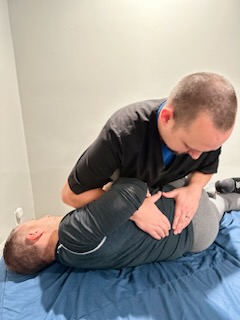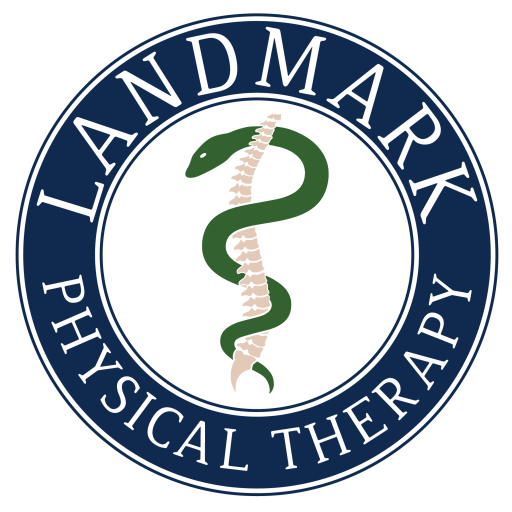Continuing Education

September 28 and 29, 2024
Title: Management of Lumbar spine and Sacroiliac Joint Disorders
Location: Pompton Plains, NJ
Course Description
This two day course includes 80% hands-on practical training and 20% didactic lecture instruction to effectively integrate manual therapy examination and intervention techniques, as well as therapeutic exercises into the clinical management. The content of the course includes:
(1) Red flags and Differential diagnoses,
(2) the Treatment-Based Classification (TBC) system for LBP to improve clinical decision making,
(3) the Mechanism-Based Approach for Pain Management,
(4) The current evidence, Clinical prediction Rules, test item clusters, and Clinical Practice Guidelines (CPG),
(5) manual therapy techniques (high-velocity low-amplitude (HVLA) thrust manipulation techniques, joint mobilizations, neural tissue mobilizations, and muscle energy techniques) and
(6) therapeutic exercises.
Course Outcomes
At the completion of this course, the participants will be able to:
· Explain the potential red flags and differential diagnoses for low back pain.
· Describe the indications, precautions and contraindications of manual therapy techniques.
· Explain the mechanisms and effects of manual therapy.
· Identify appropriate treatment category based on Treatment Based Classification (TBC) for low back pain.
· Explain the differences between nociceptive, nociplastic, and neuropathic pain as they relate to low back pain.
· Evaluate information available from the current body of evidence as seen in clinical prediction rules, clinical practice guidelines, test item clusters and evidence regarding treatment of Lumbar spine and sacroiliac joint disorders.
· Apply and Perform the four grades of passive movement accurately using accessory techniques of examination and treatment.
· Demonstrate appropriate application of interventions including manual therapy and therapeutic exercise per treatment based classification.
· Select the most effective examination and treatment techniques based on the clinical assessment.
· Develop an individualized treatment plan for patients with low back and/or sacroiliac joint disorders.
· Integrate examination findings and the current best evidence in order to provide best practice for low back and sacroiliac joint disorders.
